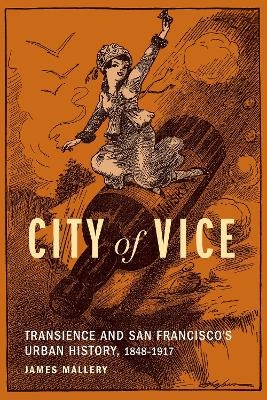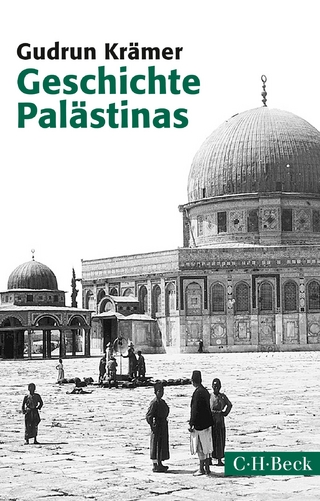
City of Vice
Transience and San Francisco's Urban History, 1848–1917
Seiten
2024
University of Nebraska Press (Verlag)
978-1-4962-3026-3 (ISBN)
University of Nebraska Press (Verlag)
978-1-4962-3026-3 (ISBN)
James Mallery explores the implications of such social constructs as gender, race, and class for the development of San Francisco from the gold rush through World War I.
San Francisco’s reputation for accommodating progressive and unconventional identities can find its roots in the waves of transients and migrants that flocked to San Francisco between the gold rush and World War I. In the era of yellow journalism, San Francisco’s popular presses broadcast shocking stories about the waterfront, Chinatown, Barbary Coast, hobo Main Stem, Uptown Tenderloin, and Outside Lands. The women and men who lived in these districts did not passively internalize the shaming of their bodies or neighborhoods. Rather, many urbanites intentionally sought out San Francisco’s “vice” and transient lodging districts. They came to identify themselves in ways opposed to hegemonic notions of whiteness, respectability, and middle-class heterosexual domesticity. With the destabilizing 1906 earthquake marking its halfway point, James Mallery’s City of Vice explores the imagined, cognitive mapping of the cityscape and the social history of the women and men who occupied its so-called transient and vice districts between the late nineteenth century and World War I.
San Francisco’s reputation for accommodating progressive and unconventional identities can find its roots in the waves of transients and migrants that flocked to San Francisco between the gold rush and World War I. In the era of yellow journalism, San Francisco’s popular presses broadcast shocking stories about the waterfront, Chinatown, Barbary Coast, hobo Main Stem, Uptown Tenderloin, and Outside Lands. The women and men who lived in these districts did not passively internalize the shaming of their bodies or neighborhoods. Rather, many urbanites intentionally sought out San Francisco’s “vice” and transient lodging districts. They came to identify themselves in ways opposed to hegemonic notions of whiteness, respectability, and middle-class heterosexual domesticity. With the destabilizing 1906 earthquake marking its halfway point, James Mallery’s City of Vice explores the imagined, cognitive mapping of the cityscape and the social history of the women and men who occupied its so-called transient and vice districts between the late nineteenth century and World War I.
James Mallery is a licensed architect specializing in existing and historical buildings in Los Angeles. He has a PhD in history and has taught architectural history and U.S. history at various institutions.
List of Illustrations
Acknowledgments
Abbreviations
Introduction
1. Gold Rush and the Walking City, 1850s
2. Waterfront and the New Fulton House, 1893
3. Main Stem and the Industrial Army, 1894
4. Chinatown and Quarantine, 1900
5. Earthquake and Firestorm, 1906
6. Outside Lands and Residence Parks, 1912–13
7. Barbary Coast and the Anti-“vice” Campaigns, 1913
8. Uptown Tenderloin and the Anti-“vice” Campaign, 1917
Conclusion
Notes
Bibliography
Index
| Erscheinungsdatum | 17.04.2024 |
|---|---|
| Zusatzinfo | 12 photographs, 16 illustrations, 9 maps, index |
| Verlagsort | Lincoln |
| Sprache | englisch |
| Maße | 152 x 229 mm |
| Themenwelt | Sachbuch/Ratgeber ► Geschichte / Politik ► Regional- / Landesgeschichte |
| Geisteswissenschaften ► Geschichte ► Regional- / Ländergeschichte | |
| Sozialwissenschaften ► Soziologie ► Gender Studies | |
| ISBN-10 | 1-4962-3026-4 / 1496230264 |
| ISBN-13 | 978-1-4962-3026-3 / 9781496230263 |
| Zustand | Neuware |
| Haben Sie eine Frage zum Produkt? |
Mehr entdecken
aus dem Bereich
aus dem Bereich
von der osmanischen Eroberung bis zur Gründung des Staates Israel
Buch | Softcover (2023)
C.H.Beck (Verlag)
18,95 €
von der Staatsgründung bis zur Gegenwart
Buch | Softcover (2023)
C.H.Beck (Verlag)
12,00 €


